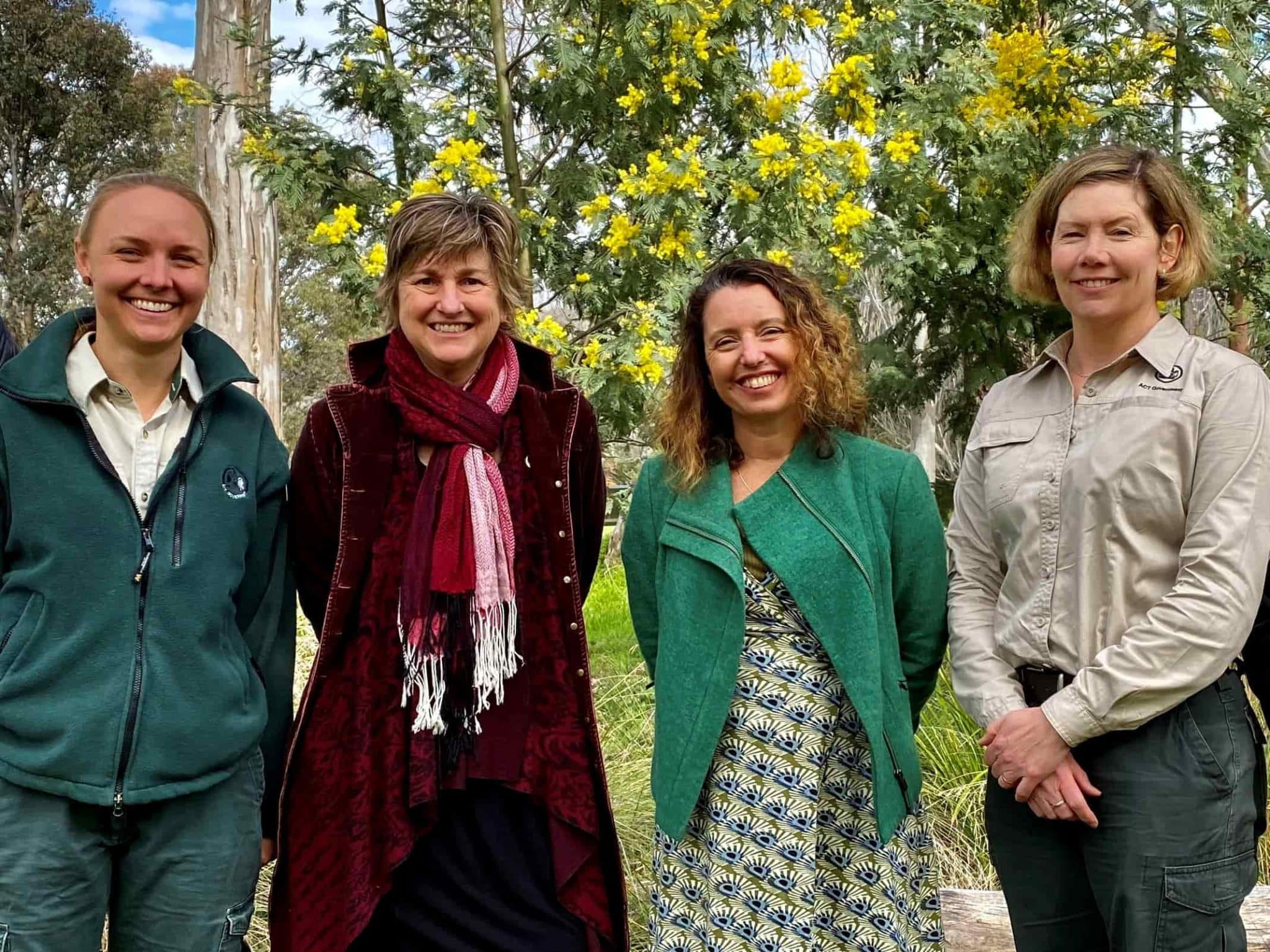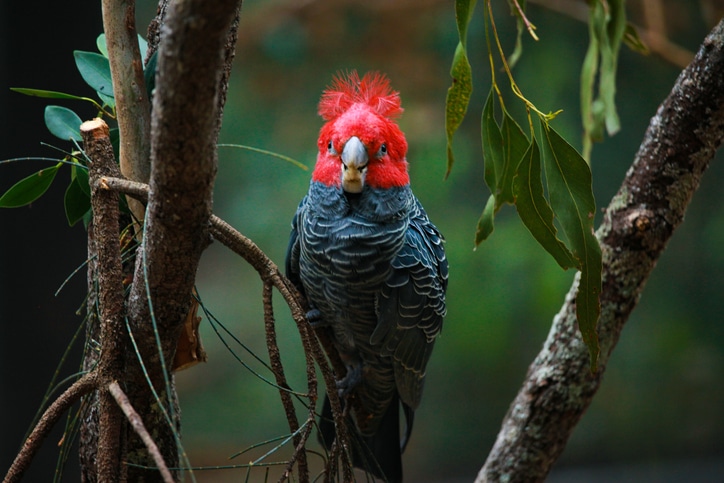With our beloved Gang-gang Cockatoos going but not yet gone, this National Threatened Species Day (7 September) is a tough one for Canberrans. However, there may be some good news in the works.
National Threatened Species Day has occurred annually for the past 86 years, in memory of Benjamin, Australia’s last Tasmanian tiger, marked extinct on 7 September 1936.
On this day, at the Birdscaping landscape plantings in O’Connor, Minister for Environment Rebecca Vassarotti announced the ACT Government’s $2.95 million investment from the 2022-23 budget to restore 20 sites across the city into critical habitat zones.
“We are particularly excited to be looking at how we can connect up these sites so that our [threatened] species can actually move through the landscape,” said Ms Vassarotti.
The first 20 sites for the new Urban Biodiversity Initiative are still being mapped out, aiming for ecological connectivity across the city, and nearness to community groups that would be willing to look after the habitats long-term.
Park Care groups and the Ngunnawal community will be contacted to advise on potential locations.
“We have all been confronted by what we saw in the State of the Environment report that was released earlier this year,” said Ms Vassarotti.
“The ACT has 30 native animals and plants listed as ‘threatened’, including the Earless Dragon, the Superb Parrot, the iconic Gang-gang Cockatoo, the Northern Corroboree Frog, and the Ginninderra Peppercress.
“We also have three vitally important, threatened ecological communities: Natural Temperate Grasslands, Yellow Box/Red Gum Grassy Woodland, and our Bogs and Associated Fens.”
Rosie Cooney, head of conservation research at the ACT Government, explained exactly how we got here.
“If we go back a hundred or so years, the primary threat [to native habitat] was grazing,” she said.
“In more recent years, it’s urban development. As Canberra has spread and suburbs have intensified, many of our species have lost their habitat, or been left in small unconnected patches of the landscape where they can’t persist in the long term.
“Within the city, what we have left is big trees and mown grass, which doesn’t provide what most of our woodland birds need.
“What they need is structural complexity,” Ms Cooney said.
If you are wondering what these critical habitat zones might look like, Dr Kathryn Eyles of Canberra Ornithologists Group described “clump-style, highly diverse planting” would yield top benefits for birds, including Gang-gangs.
“[Layers of] grasses, mid-story shrubs, and taller acacias, provide a diverse habitat for small birds, like thornbills and willy wagtails, as well as nectar for larger honey eaters,” said Dr Eyles.
Canberrans can join the effort at home if they have a garden, a grassy patch of footpath, or a local park that their local community group is willing to restore.
Positive actions to take include:
- Plant native shrubs in their available area to support nectar feeding birds. Plant densely, and include spiky shrubs, which provide shelter and habitat for smaller birds. Native wattle species are great food for butterflies, which in turn attracts insectivorous birds.
- Avoid using poisonous rodenticides, as owls, hawks, eagles can be poisoned by eating poisoned mice and rats. Natural traps are more effective and readily available.
- Keep their cats indoors to reduce predation of native wildlife.
- Participate in the Australia Wild Bird count on 17-23 October.
- Enter any rare bird sightings through the Canberra Nature Map.

Get local, national and world news, plus sport, entertainment, lifestyle, competitions and more delivered straight to your inbox with the Canberra Daily Daily Newsletter. Sign up here.



